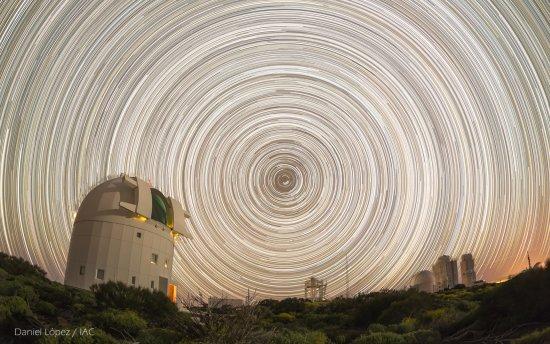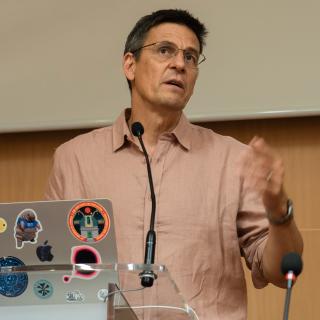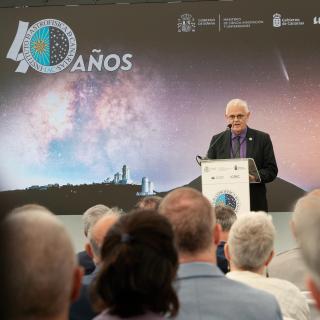A special meeting on the use of large databases for the characterization of astronomical observatories has been organized by the Sky Team of the Instituto de Astrofísica de Canarias (IAC) last Monday and Tuesday in the framework of the European Week of Astronomy and Space Science (EWASS 2015) which is taking place this week at the University of La Laguna with local organization from the IAC.
The aim was to discuss results and validation of databases useful for site characterization, explore the possibility of using numerical models to make forecasts for telescope operation and to discuss the potential use of new specific data in the current databases. For that, a selected group of 20 of the most relevant international researchers in this field have join together in La Laguna for this Special Meeting 4: "Databases for the Characterization of Astronomical Observatories".
The scientific organizers, headed by Casiana Muñoz-Tuñón (IAC, Spain), and also formed by Jean Vernin (Univ Nice-France), Sergio Ortolani (Univ Padova-Italy) and Marc Sarazin (ESO-Germany), divided the working days into 5 sessions where, in addition, the results on particular sites through the use of databases and forecasting tools were specifically addressed. They also discussed the results obtained at different observatories, such as the Roque de los Muchachos Observatory on La Palma, or the Teide on Tenerife, among others.
The characterization of the atmosphere above astronomical observatories has become more and more important during the last few decades. The appropriate and rigorous determination of parameters such as seeing, useful observing time, extinction, sky brightness, water vapour content, climatological evolution, etc., are essential parameters for getting the most from an observing site.
Moreover, the need for comparison among these parameters, together with ever more demanding conditions for a site to host important infrastructures, have been the basis for major instrument developments and efforts. Extensive databases are now available from a number of instruments on satellites and ground-based facilities operated by national meteorological agencies, and global parameters compiled from global climatic models. A number of parameters needed for studying existing and potential observing sites can now be accessed and analysed through public databases.
This symposium aimed to unite complementary areas of expertise in site testing, meteorology, atmospheric physics, statistics, etc.
Further information and contacts:
- EWASS 2015 website: http://eas.unige.ch/EWASS2015/
- Anna Boluda
Comunicación SEA
contacto [at] sea-astronomia.es (contacto[at]sea-astronomia[dot]es)
Tel. 619 77 45 16 - Carmen del Puerto
Unidad de Comunicación y Cultura Científica, IAC
cpv [at] iac.es (cpv[at]iac[dot]es)
Tel. 922 605 200



